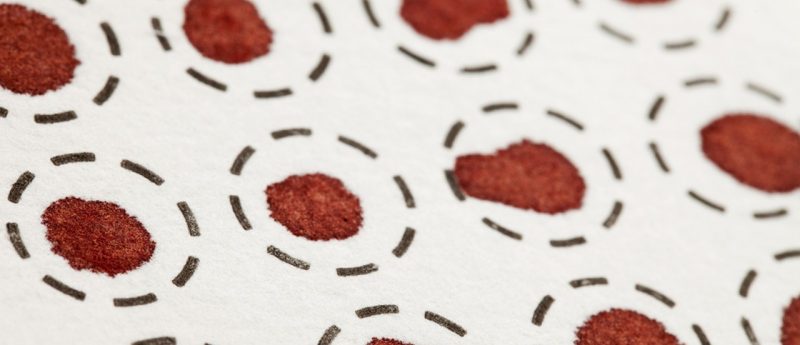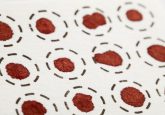Could dried blood spots provide important information in longitudinal studies?

A study, published in Rapid Communications in Mass Spectrometry, tested the efficacy of serum samples in comparison to dried blood spots (DBS), by analyzing overlapping lipids and polar metabolites. The team wanted to address how useful DBS could be in longitudinal studies that follow metabolic disease.
Biofluid collection plays an important role in longitudinal studies of disease and because serum blood samples are required to be taken by a professional and stored at -80°C, DBS are advantageous, since they can be collected by non-professionals, they take up less space and can be stored at room temperature.
Researchers from the Pacific Northwest National Laboratory (WA, USA) utilized case control samples collected in 2000–2001 from male patients with; high Body Mass Index, glucose levels, triglycerides and low high density lipoprotein. These samples were compared to a control group consisting of males with normal levels.
The team stored the DBS samples at room temperature, which were then compared to serum samples stored at -80°C. In total, 400 lipids and polar metabolites were identified from the samples using mass spectrometry. The metabolites and lipids detected in the DBS were contrasted to those in the serum samples, in order to determine the occurrence of molecular degradation over time.
From the results, it was demonstrated that lipids could be analyzed in older DBS samples, providing longitudinal studies with important data. However, it was also concluded that future studies are required to establish the efficacy of analyzing metabolites and lipids in fresh DBS and serum samples, and in DBS samples that have been stored at cooler temperatures over a longer time.
Sources: Kyle JE, Casey CP, Stratton KG et al. Comparing identified and statistically significant lipids and polar metabolites in 15-year old serum and dried blood spot samples for longitudinal studies. Rapid Commun. Mass Spectrom. 31(5), 447–456 (2017); https://phys.org/news/2017-07-longitudinal-dried-blood-samples-role.html



